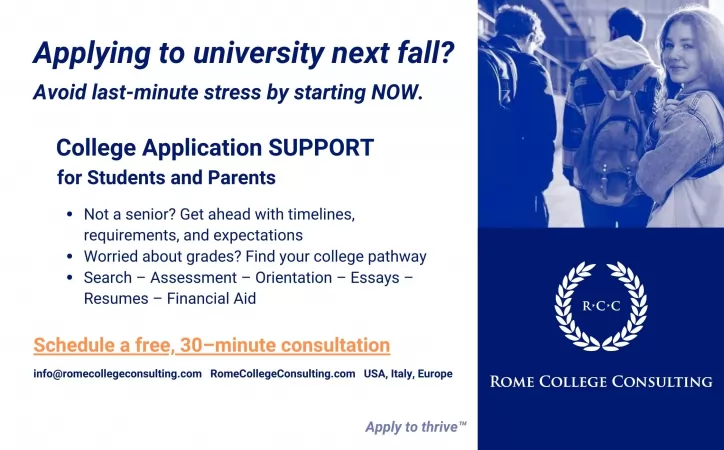Papal Succession: Mourning, Transition, and the Election of a New Pope
The death of a pope marks the beginning of a solemn and deeply symbolic transition for the Catholic Church. After the official confirmation of death, the Church enters a nine-day mourning period, followed by the process of electing a new Bishop of Rome. This period is steeped in tradition and draws global attention.Initial Protocol
Following the Pope’s passing, the Camerlengo (Chamberlain) is responsible for confirming the death. Traditionally, the Camerlengo would tap the Pope’s forehead with a silver hammer and call out his baptismal name three times. However, this practice has been discontinued, and the verification now occurs through other means, such as medical confirmation. Once the death is officially declared, the Camerlengo notifies senior church officials and the people of Rome.The Camerlengo then seals the papal apartments and other offices, a tradition that originated to prevent looting and now serves as a symbolic end to the Pope’s rule. The Vatican enters into a nine-day mourning period, during which multiple Masses are held in honor of the late Pope.According to the Universi Dominici Gregis constitution, which governs papal transitions, the Pope must be buried between the fourth and sixth day after death. Before the burial, the Pope’s body lies in state, allowing the public to pay their respects. The funeral, held in St. Peter’s Square, is attended by world leaders and thousands of Catholics. The Pope is then laid to rest in St. Peter’s Basilica, continuing a long-standing tradition.
The Interregnum
The period between popes, known as the Interregnum, is a crucial time for the future of the Vatican. During this time, the College of Cardinals oversees the Church’s administration, but no significant decisions are made.The conclave, the process of electing a new pope, begins 15-20 days after the Pope’s passing. Only cardinals under the age of 80 are eligible to vote, which typically includes around 120 cardinals. Before voting, they take an oath of secrecy and are secluded in the Sistine Chapel, cut off from outside influences.The election requires multiple rounds of voting until a candidate receives a two-thirds majority. If no decision is reached after several rounds, a day of prayer and reflection is held before resuming the vote. Throughout this period, the world watches for smoke signals from the Sistine Chapel: black smoke indicates an inconclusive vote, while white smoke announces the election of a new pope.
Once a pope is chosen, the dean of the College of Cardinals asks the elected candidate if he accepts the position and invites him to choose a papal name. The new pope is then introduced from the balcony overlooking St. Peter’s Square, where the words “Habemus Papam” (We have a Pope) are proclaimed, and he gives his first blessing to the crowd.
The passing of a pope is not only the end of a leader’s reign but also the beginning of a sacred transition for the Catholic Church. From the solemn mourning period to the historic conclave, these traditions reflect the Church’s deep-rooted customs and continuity. The election of a new pope marks the start of a new chapter, interweaving tradition with the future of the Vatican and the global Catholic community.
Ph: Marco Iacobucci Epp / Shutterstock.com





















